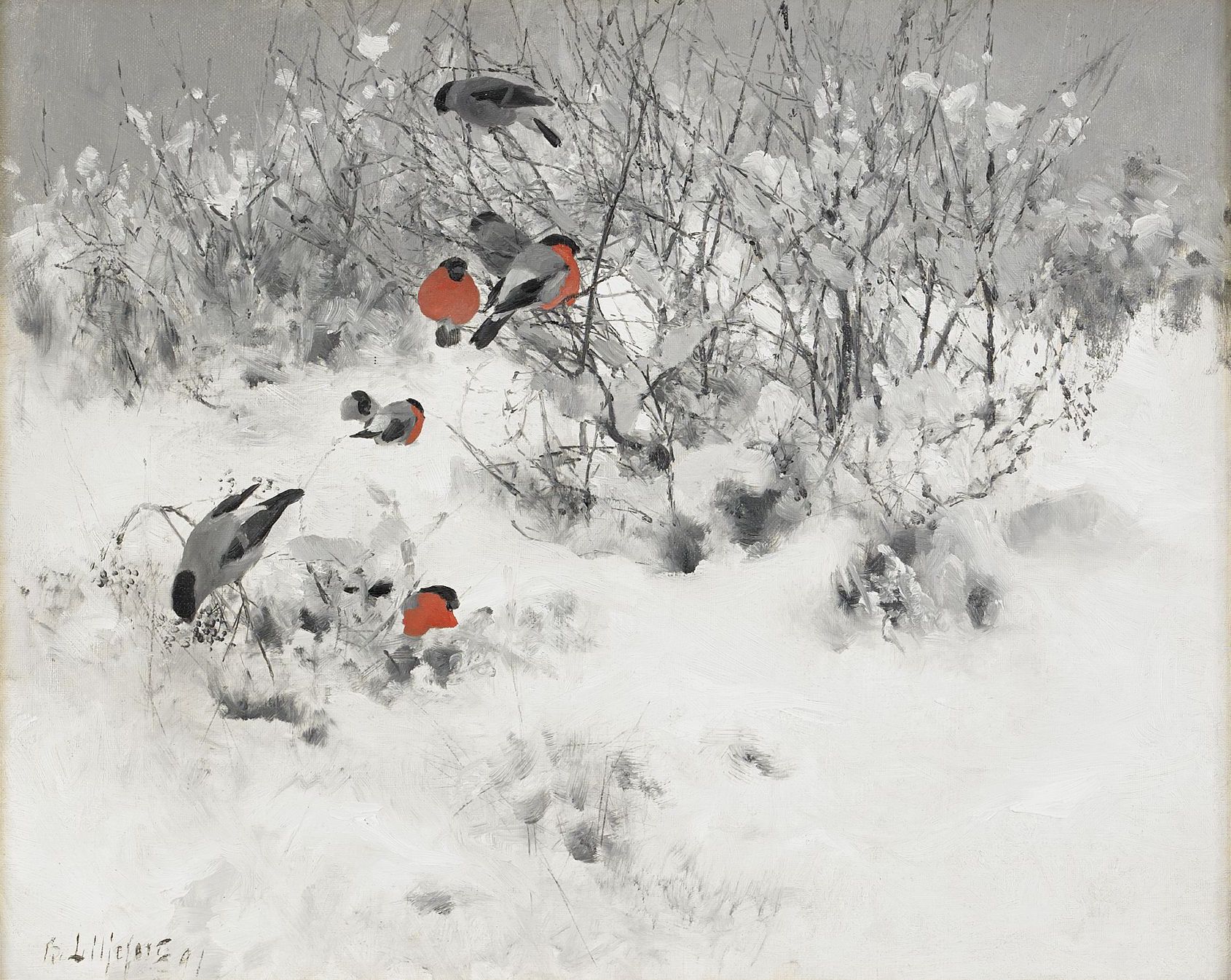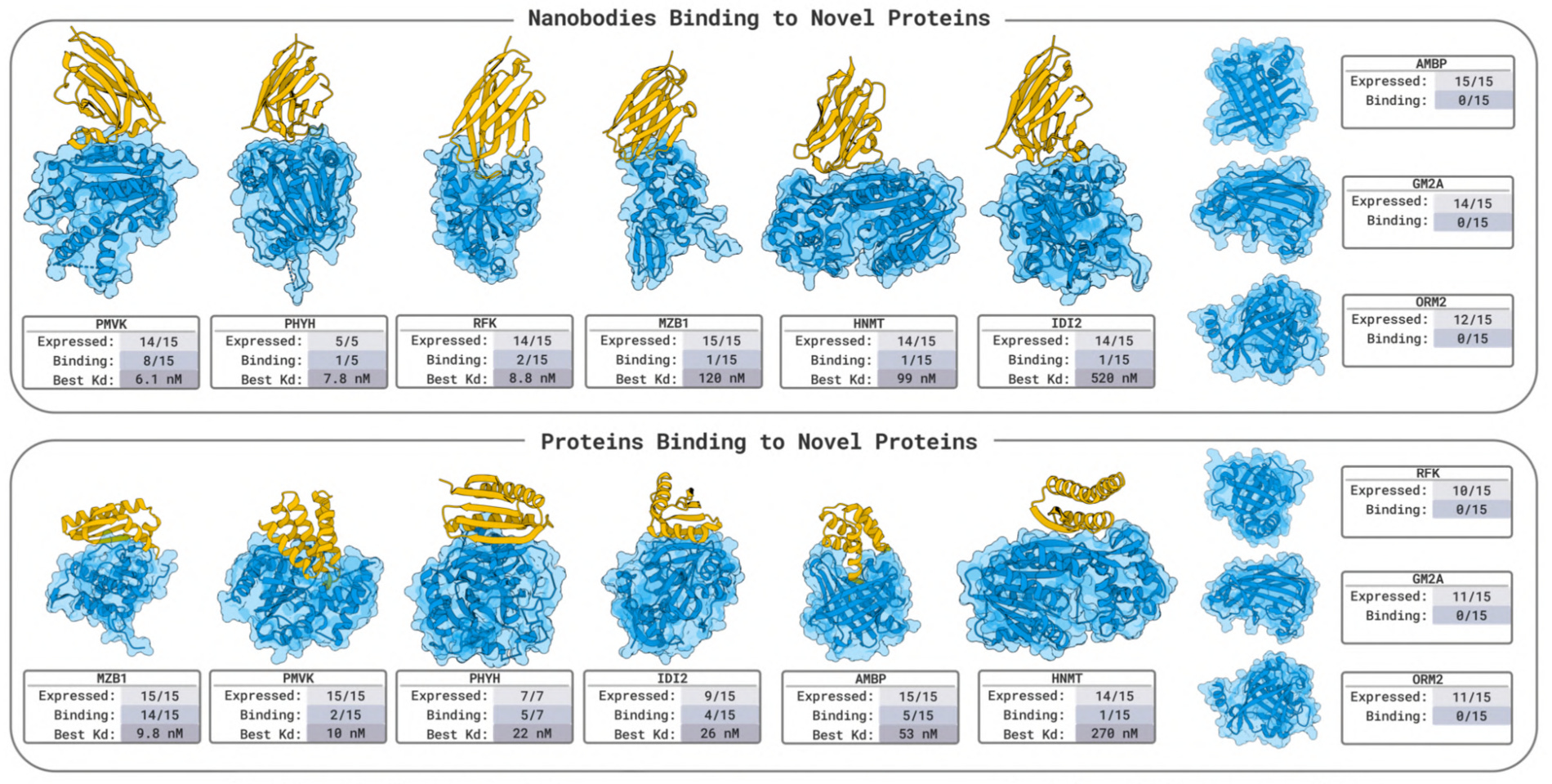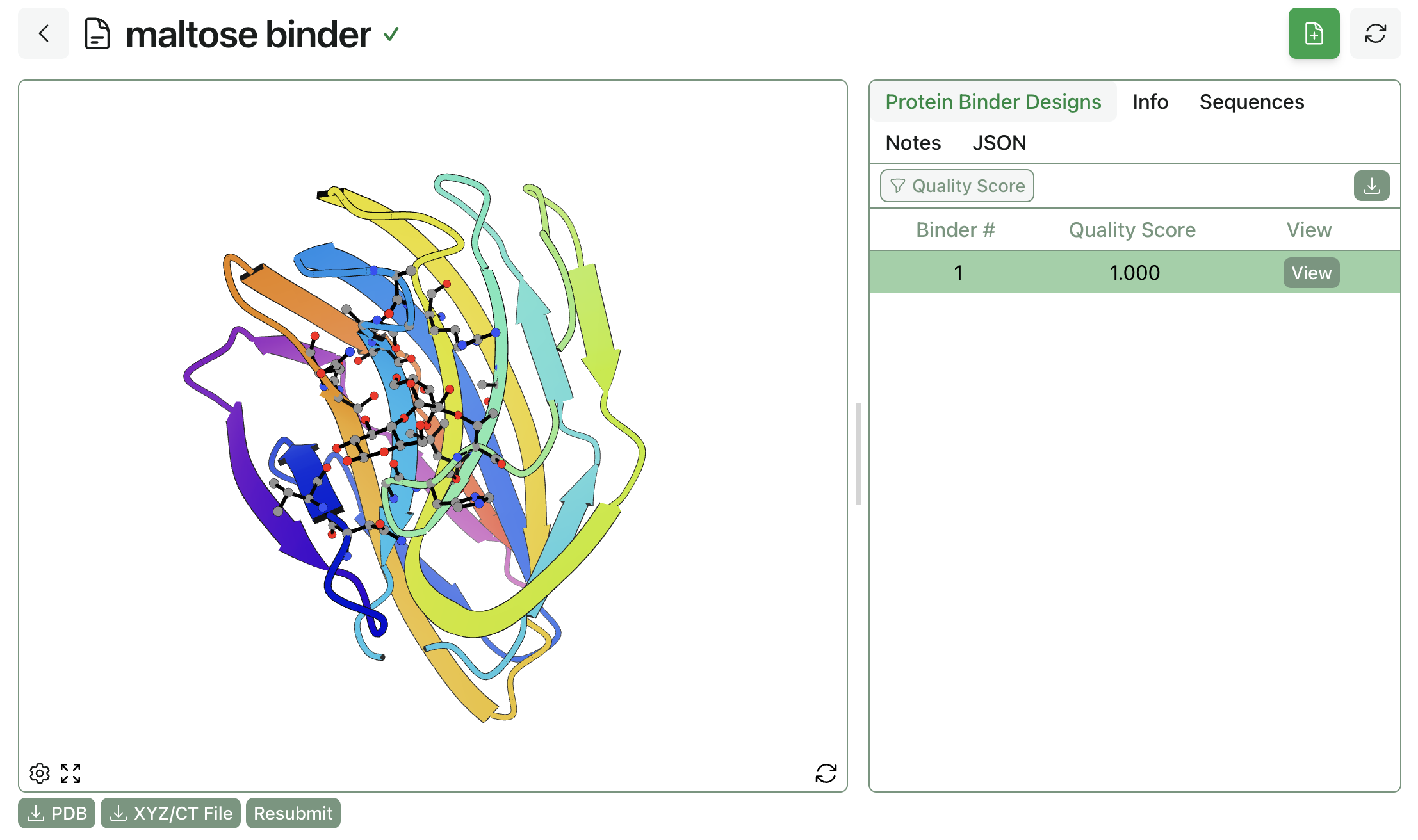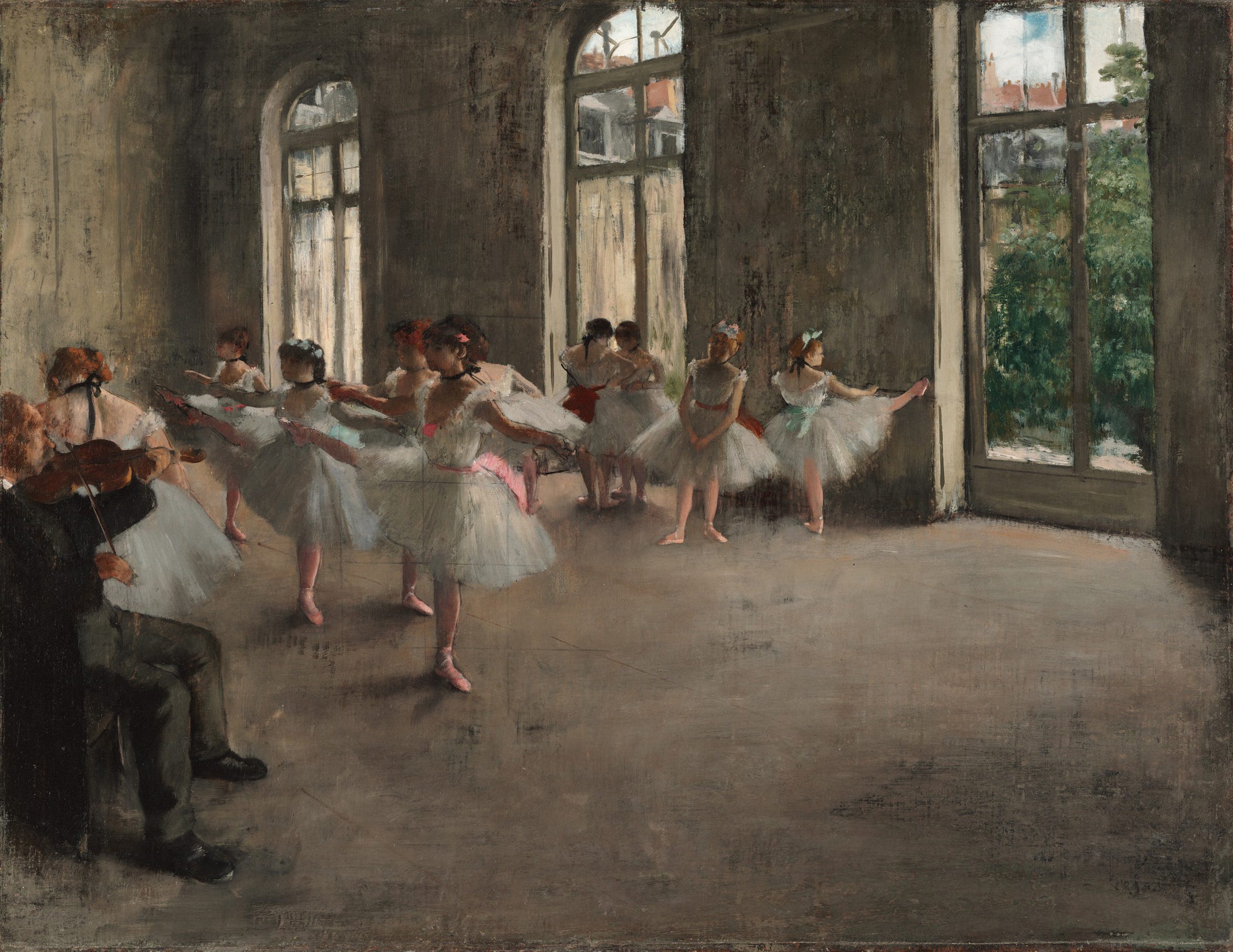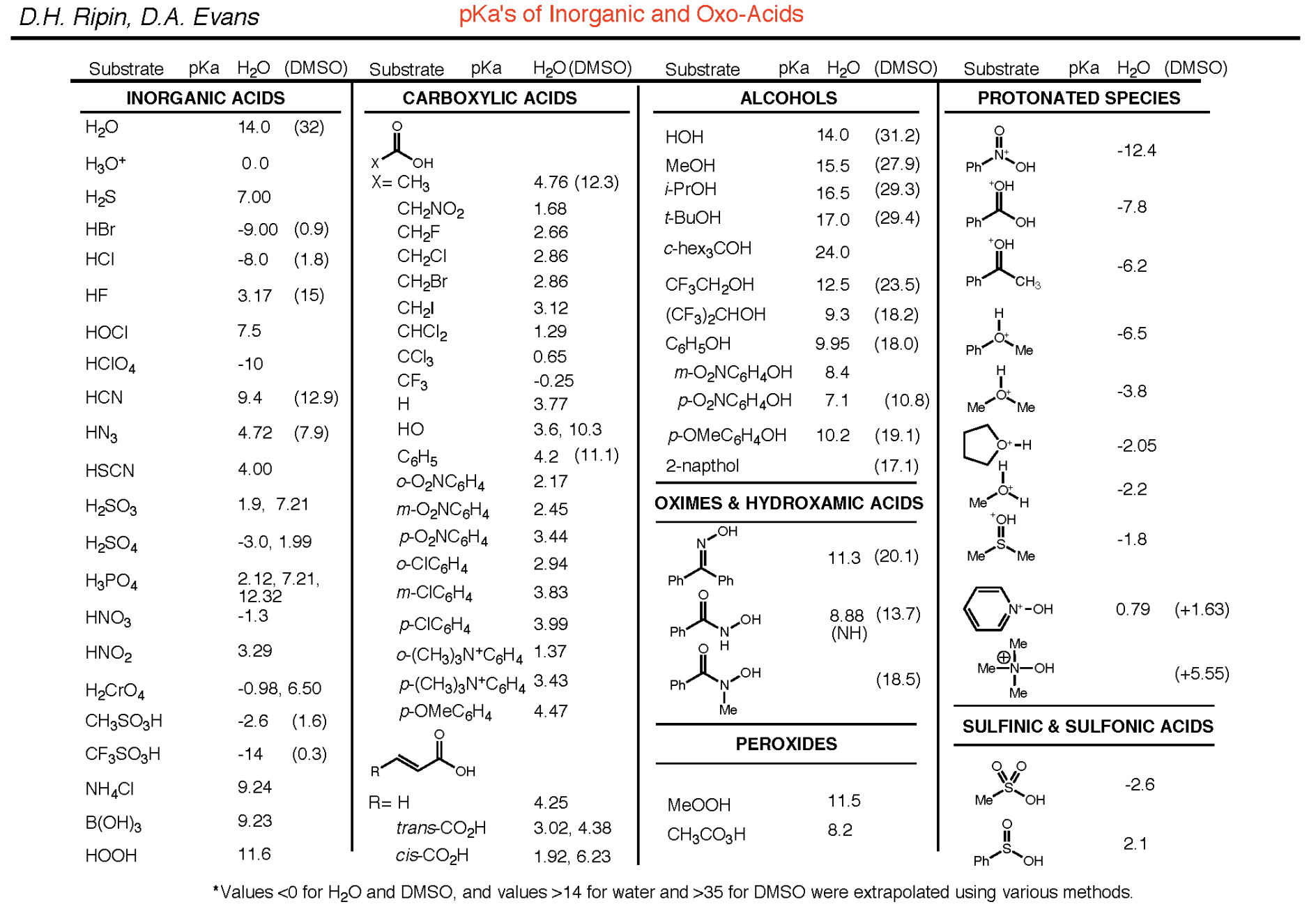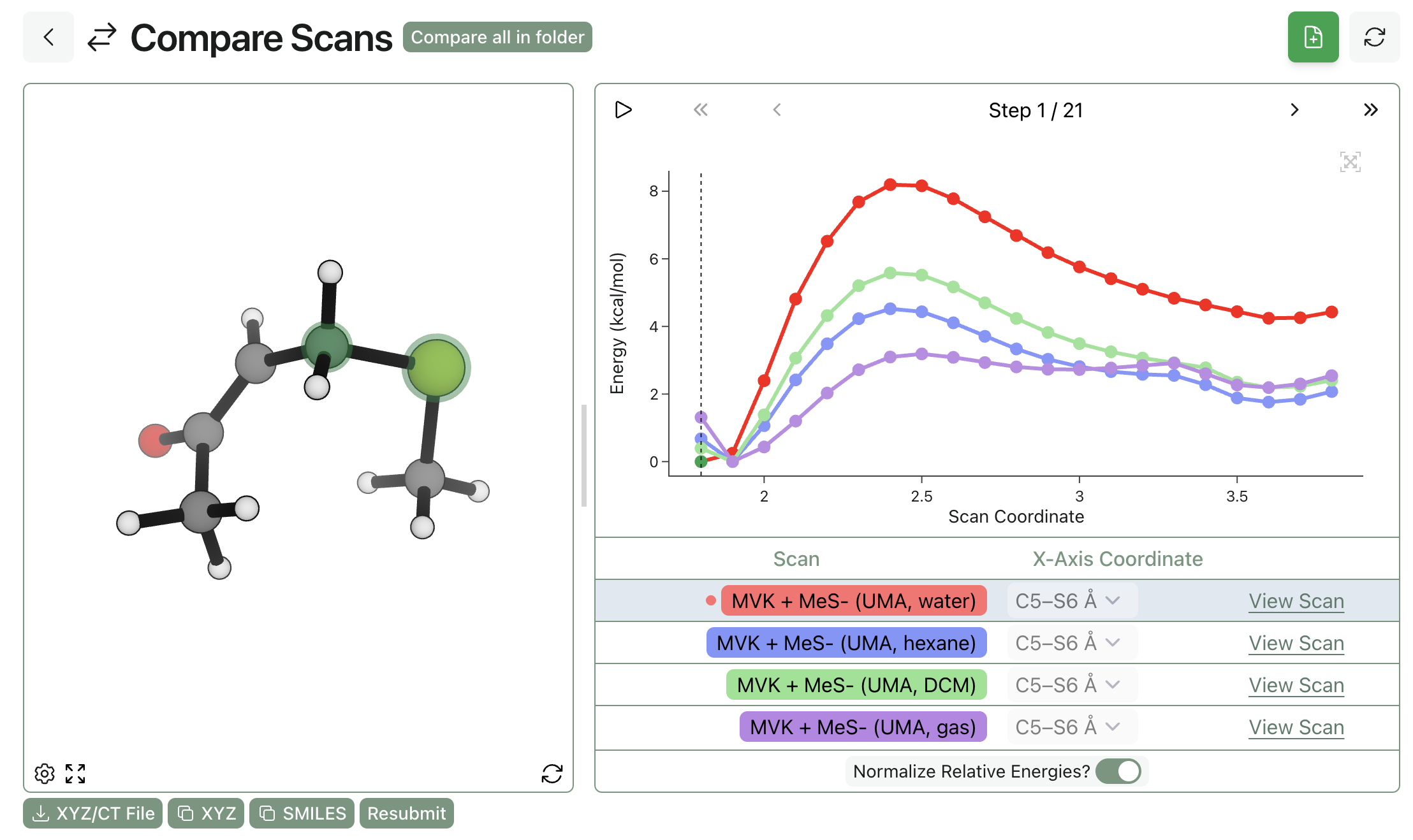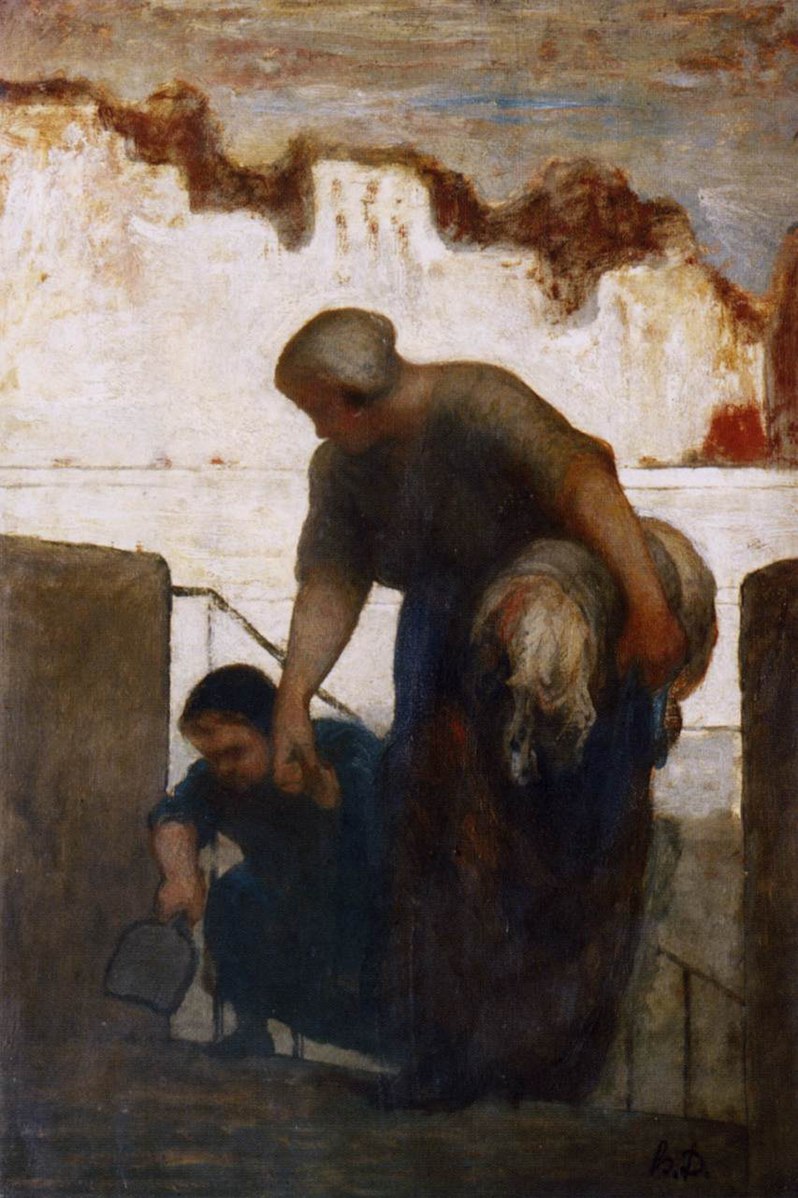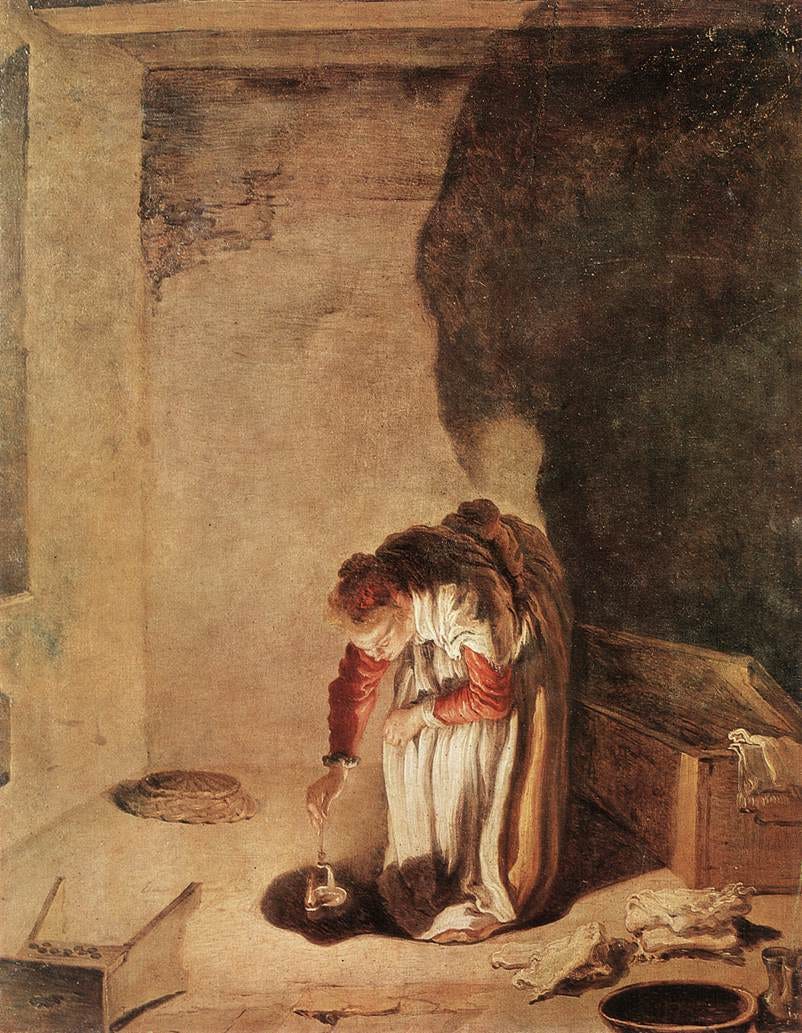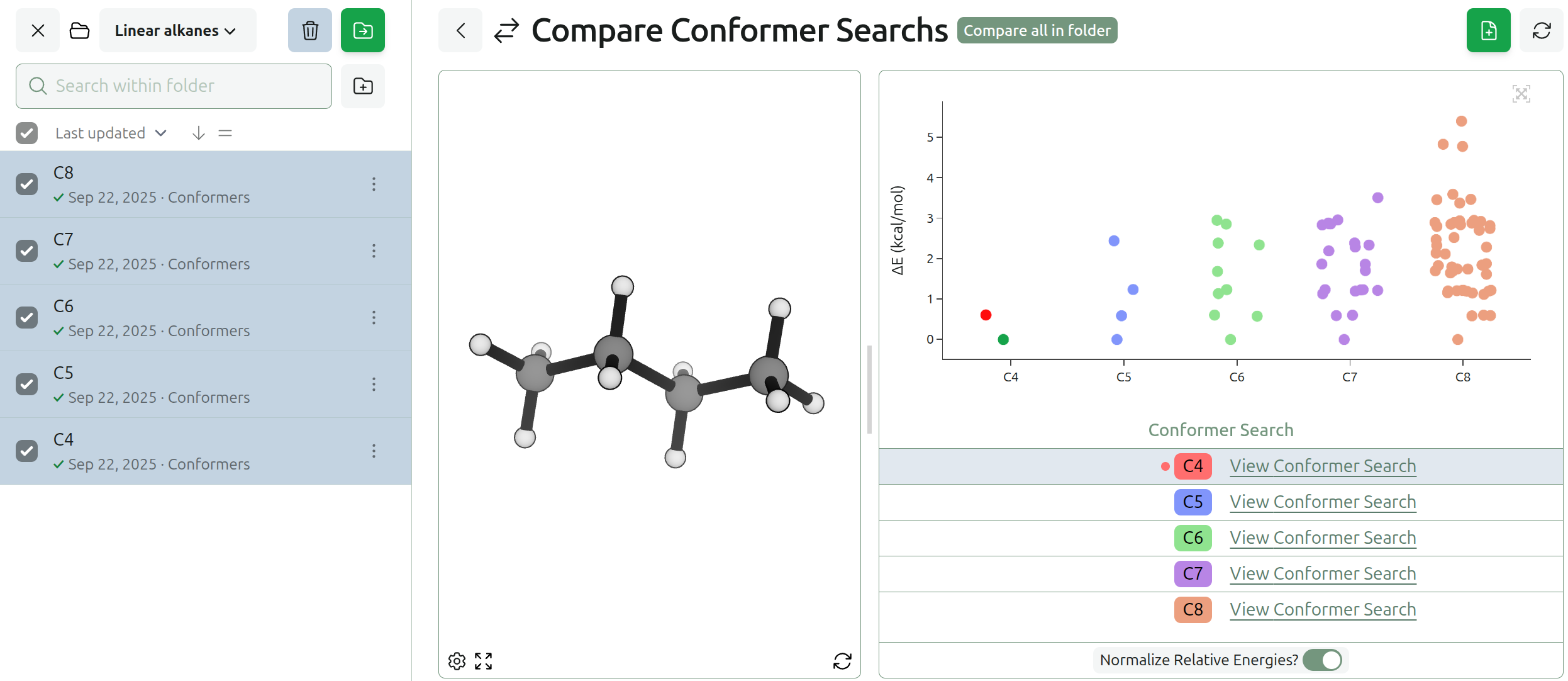What Isaiah and Sawyer Learned This Summer
Over the last weeks, our last interns—Isaiah and Sawyer—concluded their internships with Rowan. Isaiah did a lot of useful work for our company, including building a series of labs illustrating how computational chemistry can be used to improve chemical education: check out his Diels–Alder lab and his stereochemistry lab.
Sawyer worked on assessing how well NNPs could predict reduction potentials and electron affinities (see his paper here) alongside a few other internal research projects. He ran over 14,000 workflows during his seven-week internship; that's a workflow every 5 minutes, even counting nights and weekends. (In unrelated news, our API is getting pretty good.)
Here's how they responded to our intern-exit-interview questions. (As in our previous intern reflections, it seems question 5 is becoming "the GeoGuessr question.")
Isaiah's Answers
What are five things you learned during your internship at Rowan?
-
Textbooks and traditional lab experiments can only teach so much. Even if there's a lot of great learning that can be done in those mediums, computational tools offer a flexibility of exploration that isn't really viable in any other form.
-
Making lessons and labs is hard. It turns out to be frustratingly difficult to give students the breadcrumbs they can follow to a conclusion without just practically giving them the conclusion you need them to reach.
-
Sometimes, LLMs just lie. I learned this the hard way, when after several hours of attempted debugging it turned out the feature I needed was included on v0.20, when v0.19 was the latest version that actually existed.
-
There's often a sharp divide between educational science tools and specialized "real" science tools, and this doesn't need to be the case. If the tools are well made, it shouldn't need to matter who's using it.
-
With enough practice, one can figure out when an Australian city is Brisbane based on nothing but vibes.
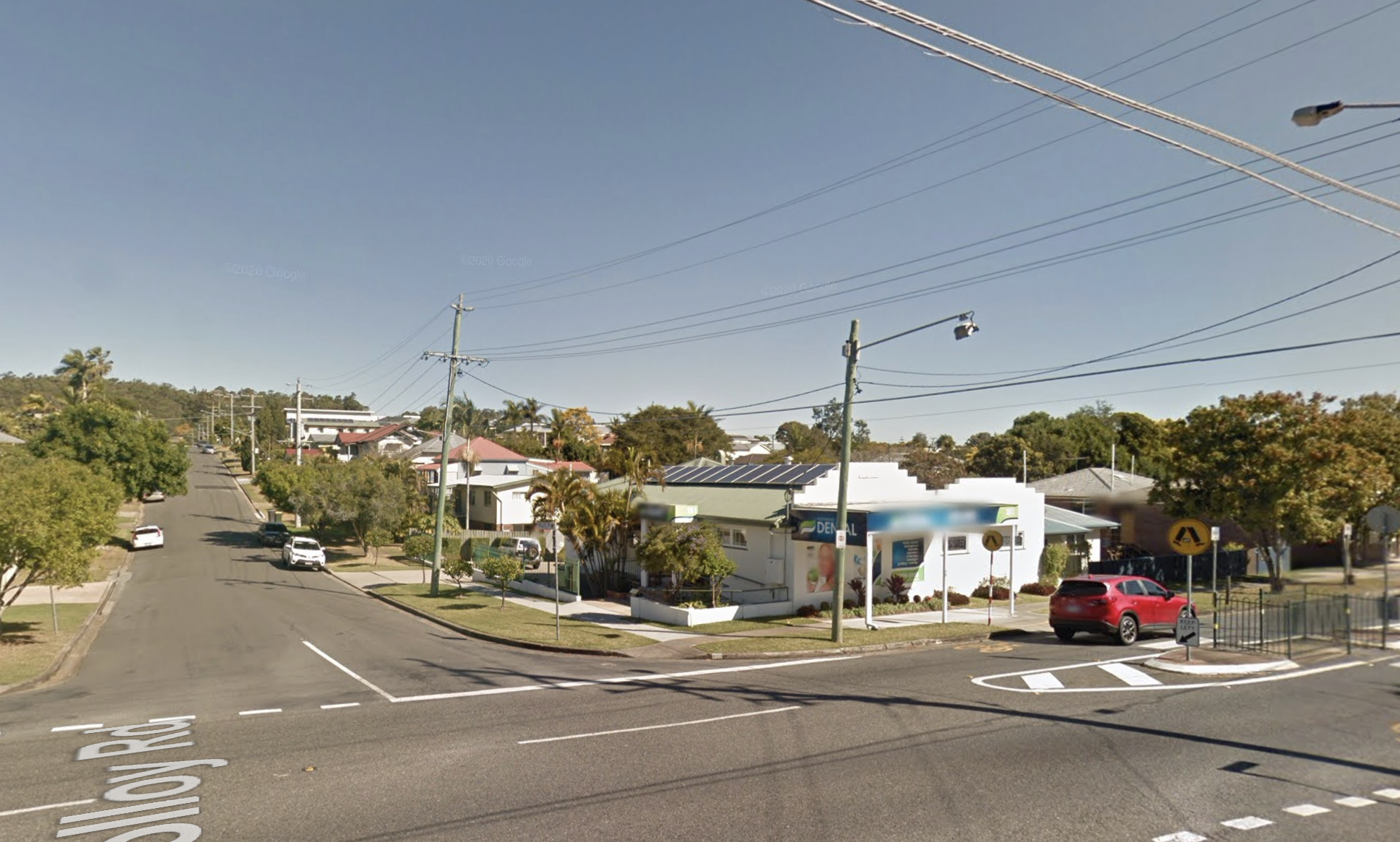
Archetypal StreetView footage of Brisbane.
What's one thing you're hoping to learn more about following your time at Rowan?
I hope to learn more about how chemistry education can still be improved, especially in introductory levels of chemistry where the building of chemical intuition is so vital.
Isaiah returns to Cambridge Rindge & Latin School this fall, where he will be a senior.
Sawyer's Answers
What are five things you learned during your internship at Rowan?
-
Multitasking is a great skill in computational chemistry. While you're waiting for calculations to finish running, you can always be doing something else that's productive.
-
Things involving APIs/Git/programming are often hard to set up, but you get a lot of utility out of them once you're used to them.
-
When you're writing something (e.g., a research paper), you have to carefully anticipate questions or critiques readers might have about what you're writing, and address them in your paper ahead of time. (Unless you take your role as "corresponding author" really seriously and want to answer a bunch of emails.)
-
Though they have their shortcomings, ML-based models show a lot of promise in computational chemistry. They're not only fast, but accurate, even when you might not expect them to be.
-
The distinguishing feature about Bogotá is the yellow license plates, although the UK and parts of Southeast Asia also have yellow license plates. But Bogotá can easily be distinguished by the distinctive grid of calle/carrera streets.
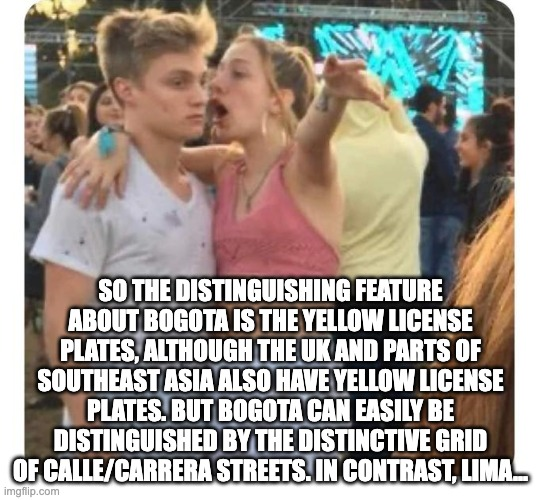
Rowan internal meme, 2025 (colorized)
What's one thing you're hoping to learn more about following your time at Rowan?
The ways that different computational chemistry methods fundamentally work. I've used a ton of different methods throughout my time at Rowan, but it would be nice to develop a good understanding of what's going on behind the scenes.
Sawyer starts his undergraduate studies at Caltech this fall. Good luck Sawyer! If you're a professor at Caltech, consider reaching out to him.

